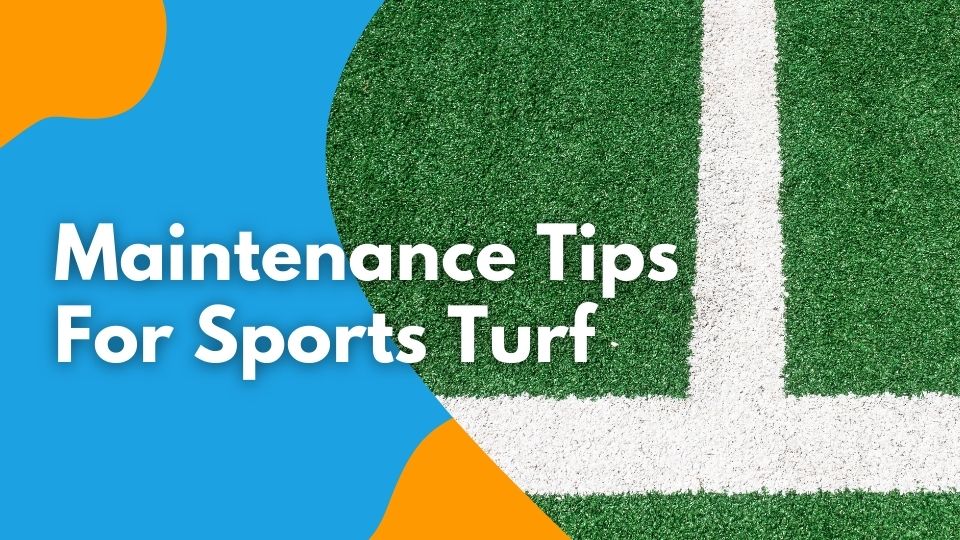
So you've chosen to install artificial sports turf in your facility or field. At this point, I'm sure you're loving the benefits. Discover a few ways to ensure...
A full comparison of artificial sports turf versus natural grass on sports fields. Learn the differences between the two and hear the pros and cons of both options to determine which offers the best performance. Decide which surface will work best for your team's needs!
Climate Maintenance Cost Aesthetic Safety Performance
When deciding to play sports on natural grass, the weather can hugely impact how the game is played. Games run the risk of being canceled if there's any type of inclement weather. If the grass is super dry, the surface has more give and can be difficult to control. If it is wet, then slipping and sliding are extremely likely. The ground becomes even more difficult to anchor foot movement as well. Also, in dry climates constant watering will be necessary to maintain a green field with no dirt patches. For this reason, artificial turf installation tends to require less upkeep and is better for water conservation.
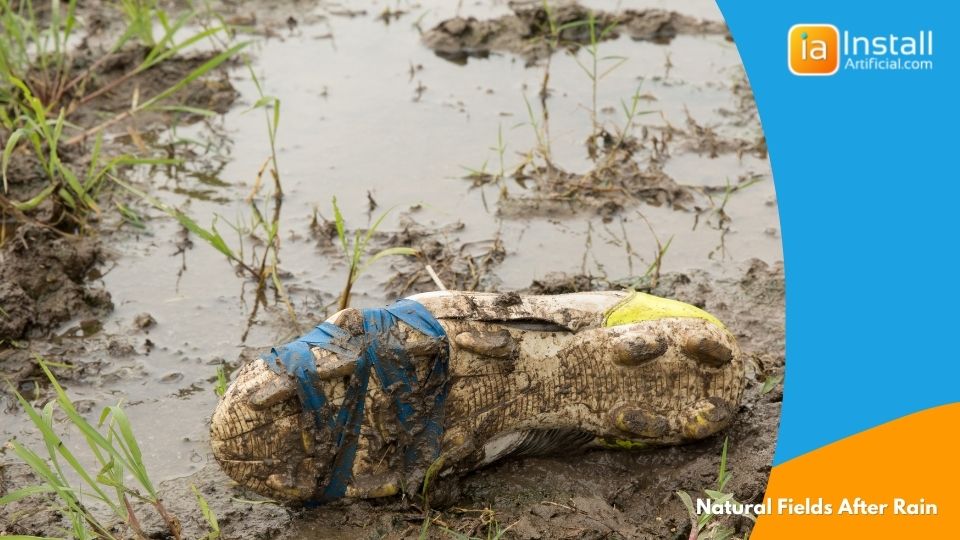
Synthetic sports turf provides a lot more stability when it comes to climate. Artificial grass drains water much quicker than natural grass and the blades are not slippery. Also, because it doesn't require constant sun exposure, fake turf can thrive in indoor environments, unlike natural grass. However, the surface of synthetic turf can become warm to the touch on hot days if it's in direct sunlight.
With real grass, you’re looking at a lot of upkeep. You have to cut the grass, water it, fertilize it, and aerate it. If you want it to look good year-round, you need to constantly take care of it. With a sports field, the upkeep is even greater. You have to purchase equipment, hire people to mow the grass, keep the sprinklers running, and buy pesticides and fertilizer. On the low end, maintenance can cost $20,000 a year alone.
Maintenance on artificial sports fields is simple and to the point. If installed correctly, all you have to do is remove debris, sanitize and brush the surface, and refill infill levels occasionally.
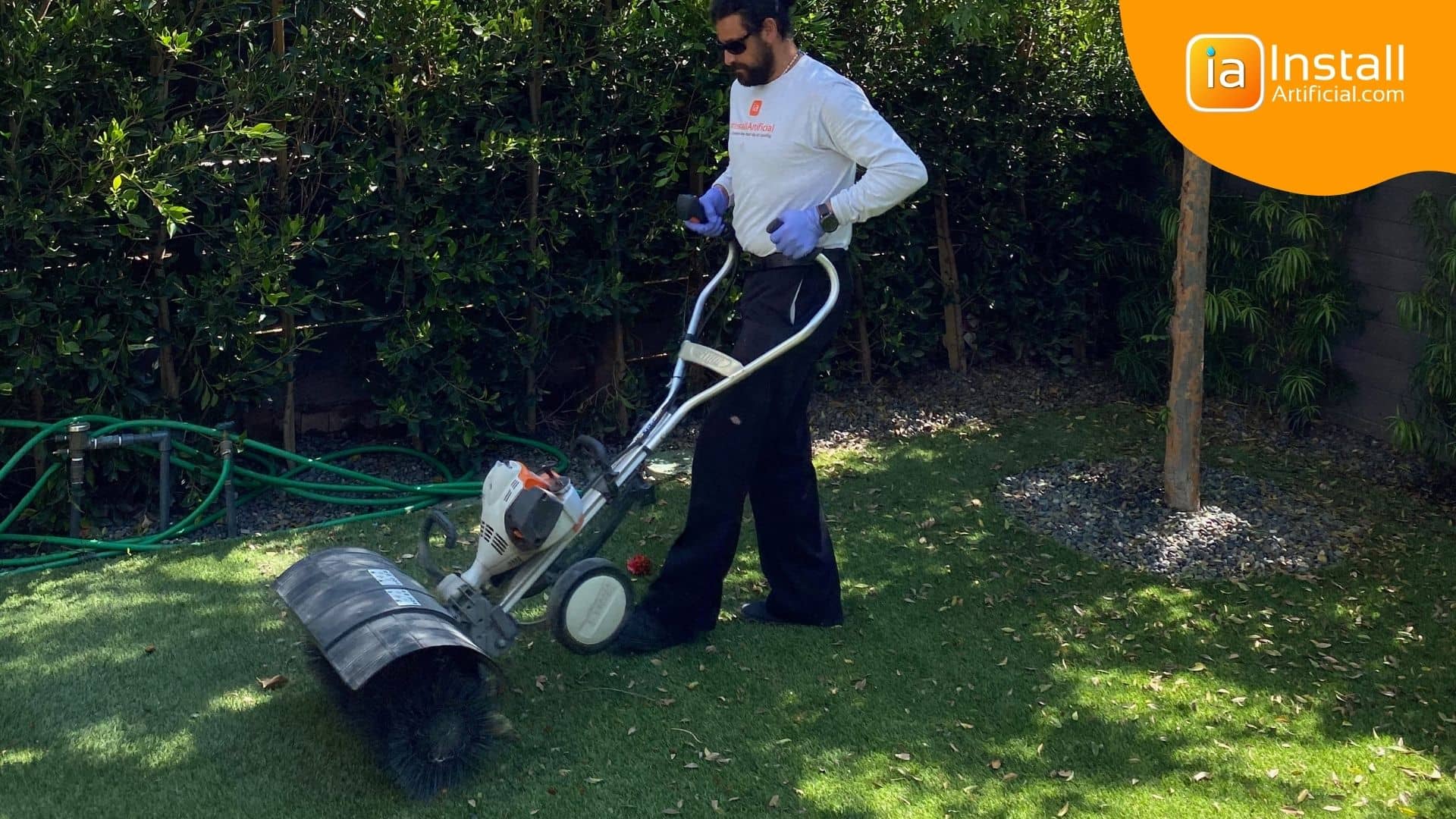
When deciding between natural grass and artificial turf sports fields, the cost is going to come down to location, climate, quality of the materials, and maintenance costs. While this can vary greatly depending on location, the ratios tend to even out the same.
There are two options for growing a natural grass field – sod or seeds. You can either choose to buy sod and have it installed, or grow your own grass.
Laying Sod for Sports Fields
Installing sod has a higher upfront cost, coming in at around $3.50 per square ft.
Planting Grass Seeds for Sports Fields
Planting seeds costs you only $.05 per square foot. Sounds nice, however, this comes with a ton of maintenance and water costs. The soil will have to be heavily watered before installation, and watered daily after.
Irrigation for Natural Grass Sports Fields
For both sod and seed lawn installation, a lawn irrigation system or sprinkler system will need to be installed. The average cost of a sprinkler system is $2 per square foot.
Although the initial investment for a natural grass field is cheaper, over time the money you spend on maintaining that natural grass field will greatly surpass the cost of an artificial sports field installation.
A quality sports field installation with artificial grass will cost around $14 per sq. ft. on average. You'll also want to make sure there is an existing drainage system beneath the sports field. While this upfront cost sounds hefty, this will over time cost much less than upkeeping natural grass for sports. Over a few years, the return on investment is huge and the installation begins to pay for itself. To get an idea of pricing for your specific project, request an estimate below in 2 minutes or less!
Natural grass fields are very difficult to maintain as far as looks. Wear and tear from athletes, weather conditions, and sun exposure all affect the look of the field. Unless you live in an ideal climate with adequate rainfall and sunshine, it can be nearly impossible to keep a green field year-round.
Turf installation offers a consistent green field that doesn't fade or damage as natural grass does. With no weather restraints, it doesn't rely on sunshine to stay in good health. With customizations optional, you can create the perfect field for your space. Clients often take this opportunity to add their logo and color scheme to stand out from the competition.
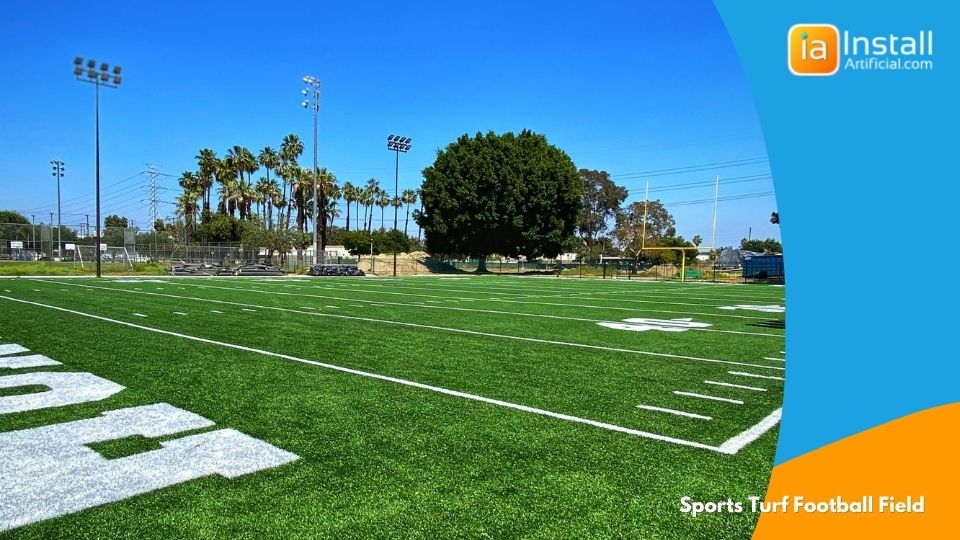
Athletes are susceptible to injury on natural fields when maintenance isn't top of mind. Any inconsistencies on the field are fall hazards. Also, any rainfall or moisture creates a slick surface that isn't safe for players. However, the plush shock absorption that natural grass offers is still preferred in terms of comfort.
Leading sports turf materials provide shock pad technology to minimize joint stress. Also, the sand and rubber infill mixture helps pad the surface. While many think that the rubber infill is harming, the exposure is in such small amounts that it will affect the athletes no more than the rubber from tires on the interstate affects daily commuters.
Inconsistencies in the soil of natural fields can create a bumpy surface for players. Rough gameplay can remove chunks of sod resulting in damage to the field while also creating safety hazards for athletes. Also, as stated above, any moisture on natural grass will minimize athletes' ability to have proper footing to control their movements.
Artificial Turf Field Performance
Artificial sports turf features shorter blades, which improve speed and consistency. The playing surface is dependable and durable. Through many years of advancing technology, artificial sports turf has become able to mimic the gameplay of natural grass. However, in certain sports, such as soccer, ball control can become more difficult because the consistent surface makes the ball roll faster.
We hope this comparison helps you better decide what's right for your space and athletes. Sports turf has become more common among sports fields over time with the numerous technological advancements. Whenever you're ready to get your project started, give us a call!

So you've chosen to install artificial sports turf in your facility or field. At this point, I'm sure you're loving the benefits. Discover a few ways to ensure...
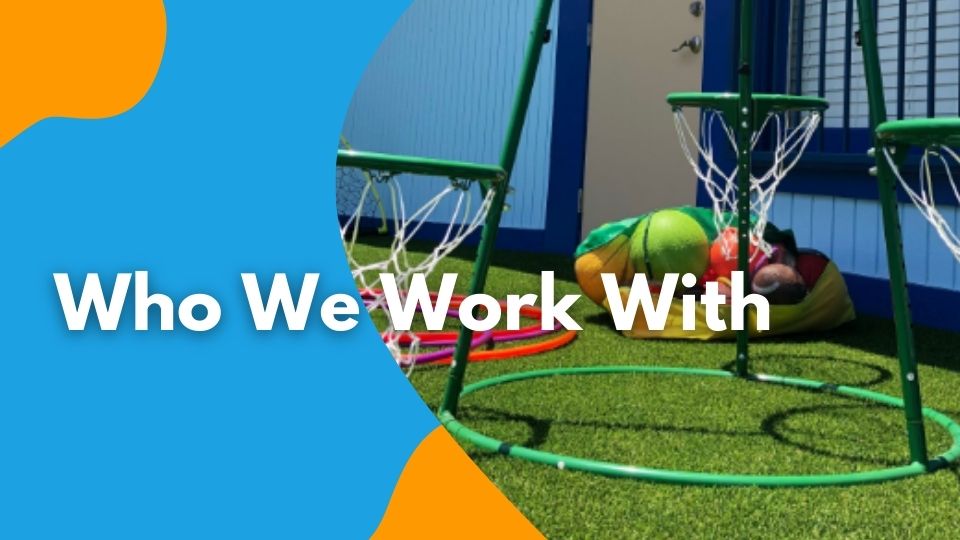
At InstallArtificial, we happily partner with schools, parks, colleges, individuals, and professional sports leagues on their quest to building a new turf field for...